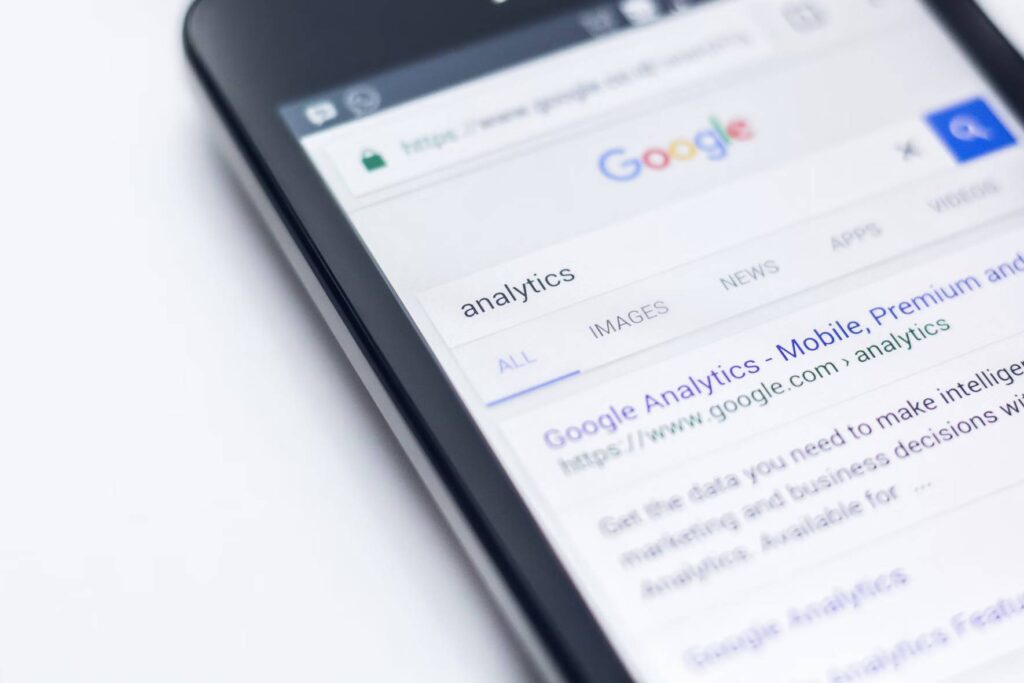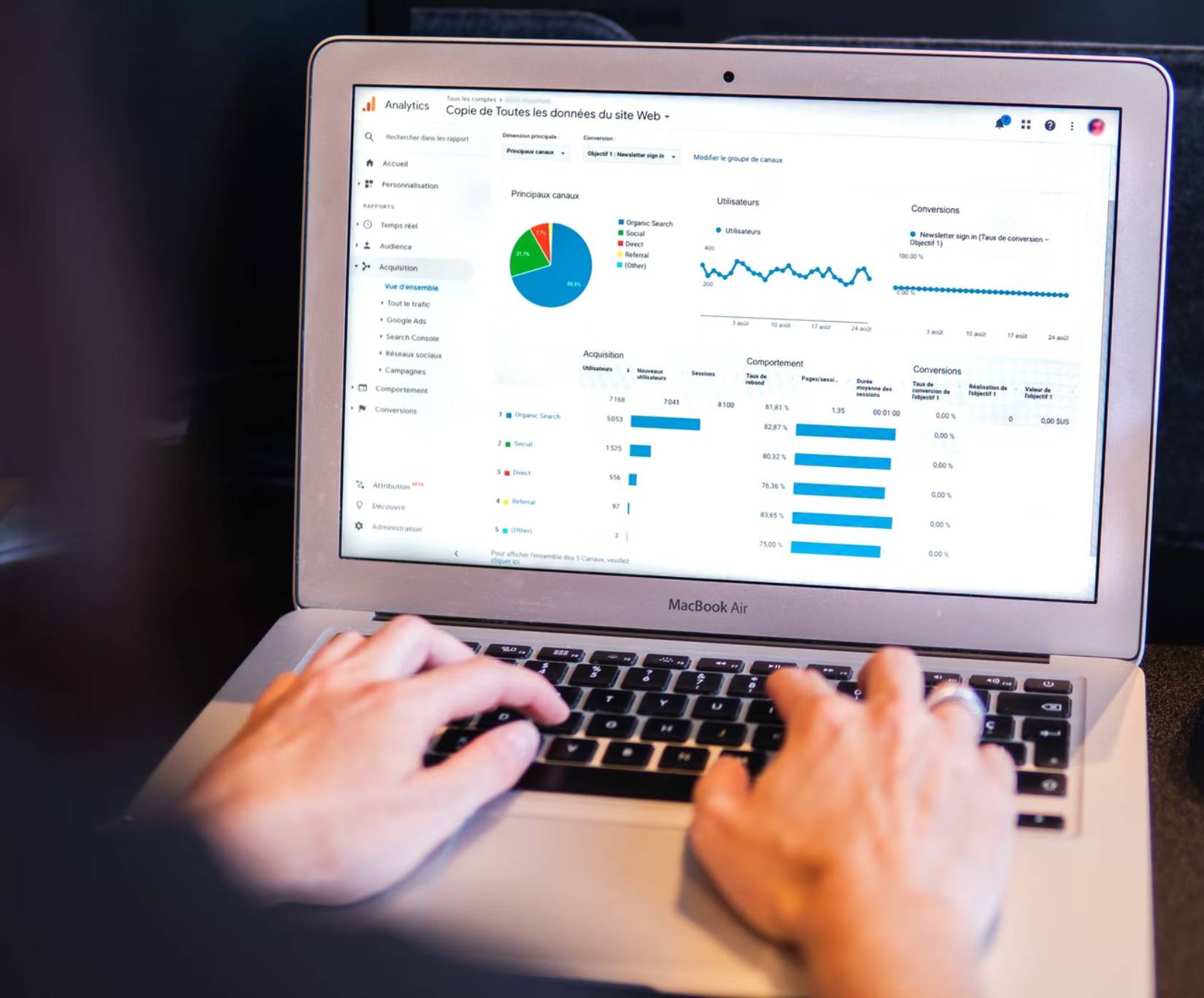What is the 80/20 Rule? Pareto’s Law or Principle, also known as the 80/20 rule, revolves around the idea that 20% of your effort is responsible for 80% of your results.
So, how is this is applicable in search engine optimization (SEO)? The 80/20 rule is powerful especially in SEO because 20% of the efforts put in for on-page SEO elements can drive 80% of a site’s traffic.
When you focus your strategy on creating and maintaining high-quality elements on your website that are aligned with your main goal or call-to-action, everything else will follow. You will be able to gain more organic traffic, rank on Google’s search engine results pages (SERPs), gain site authority, see an increase in click-through rates (CTRs), and brand exposure.
Here are a few things that should be taking up your 20% on-site SEO website strategy:

Keywords
Keywords are a basic building block in any SEO plan and you should be using the right words or phrases in your content. Particularly, in your headline and title. Not only will this be the first thing that a search engine will see, but what a user’s eyes will be drawn to first as well.
While doing keyword research for SEO, it is a good practice to select competitive keywords and phrases. Performing SEO competitor research yourself but also utilise tools like Ahrefs or Semrush to help you identify keywords and phrases that increase the chances that your content will rank.
Internal Links
Incorporating relevant links into the content on a page helps users navigate the information you have readily available for them. Having an internal link-building strategy adds value to a user’s site visit and also gives you more authority on a certain subject.
Internal link building helps search engines understand your content and can establish you as an expert in the industry you are focused on. Aim for around 3 internal links.
The same goes for outbound links. Outbound links are just as beneficial because search engines further understand what’s on your website and when you are using high-quality outbound links, your site becomes more credible.

User Experience (UX)
You may be asking: does UX impact SEO? Yes, SEO and user experience go hand in hand because how your users interact with your landing page determines whether or not they will become a customer. This means that spending time testing out different design elements to see what users prefer and making sure that the interface is user-friendly will make visitors want to stay.
If they have a great experience with your landing page because it is easy to use and if their searcher intent is satisfied, they might be curious to see what else you have to offer.
On-site Optimisation
Another big chunk of your efforts should be on website on-site optimization. Here’s how to optimise content for SEO by tweaking the following elements of your site:
- URL: Add your primary keyword or phrase to the URL structure of your site.
- Title: Use a catchy website title and include your primary keyword or phrase in it.
- Meta Descriptions: use these 50 to 160 characters to “sell” your page. The meta description should get searchers curious and encourage them to read your content.
- Headings: Our heading structure SEO tip is to use your primary keyword in the H1 tag. For H2 to H4 tags, include your secondary keywords or phrases when appropriate.
- Image Alt tag: An image SEO optimization strategy is inserting your primary keyword into the file name and image alt attributes.
Images/Visuals
Aside from adding alt tags on images to help a search engine “see” them, find images relevant to your content. SEO-friendly images offer visual stimulation and engage your visitors.
It is also a good practice to optimise your images’ loading time. When images are the right size and format, they will load quickly even on mobile versions of your site. While PNGs load faster than JPEG, WebP is the most efficient web image format.
Optimise Website Speed
Site speed is another essential that should be a part of the 20% of your SEO strategy. Just how important is page speed for SEO? Well, when your site loads faster, your bounce rate will be lower. This means that visitors are less likely to leave your site and actually go through your content.

Mobile Experience
With more users using their mobile devices as opposed to looking for information on their desktop computers or laptop, the mobile experience is vital on-page SEO. Your content’s format, which is the actual text, images, or videos, should be mobile-friendly. The design and interface of the mobile version of your site should be optimized.
Additionally, how fast the different elements on your site load should also be a priority. Your content may look a little different on a mobile device, but it should load just as fast as its desktop version.
Onsite SEO Check
On-site optimization does not have to take up all of your time and effort. The 80/20 rule is powerful when you have tried and tested which strategies work for you. Do the 20% and the 80% will follow. Acquiring a well-oriented SEO agency Dubai can also help you create and maintain high-quality elements on your website that are aligned with your main goal.
Related Post
Publications, Insights & News from GTECH








